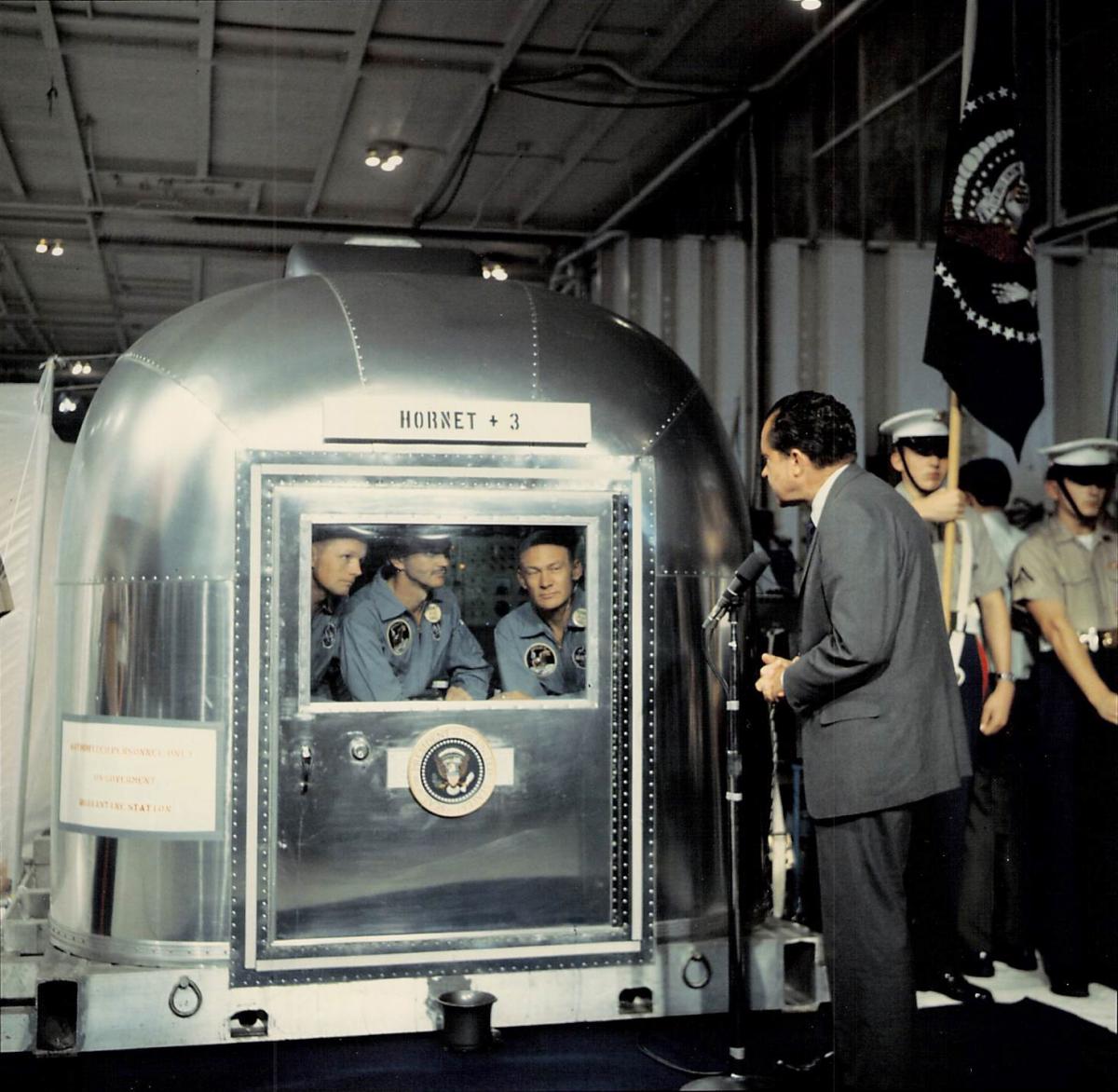Apollo 11 lunar mission puts all of humanity at risk because of ineffective quarantine protocol against space viruses

The novel The Andromeda Strain could soon see a surge in popularity. This is due to the fact that during the Apollo-11 lunar mission, NASA put all of humanity at risk.
Here's What We Know
Michael Crichton's 1969 work described the contamination of an American town with a virus from outer space. The novel raised fears that astronauts who were to set off for the moon in a few months' time might have brought back micro-organisms unknown to science.
As it turned out almost 55 years later, the fears were not unfounded. It turns out that NASA's quarantine protocol was just a sham. According to the new findings, if the astronauts had actually become infected while on the moon, going through quarantine would not have solved the problem.
The fear that humans could have brought a disease unknown to science with them was due to the fact that, at the time, scientists did not know whether micro-organisms and the biosphere existed on the Moon. To combat a possible alien plague, the Lunar Receiving Laboratory quarantine area was built in Houston, Texas. The Apollo 11 mission team spent three weeks there upon their return, along with two dozen personnel who participated in the astronaut landings and came into contact with lunar materials.

A new study suggests that the quarantine protocol was only successful because it was unnecessary. Georgetown University historian Dagomar Degroot argues that NASA knew the quarantine measures failed. Specifically, the hatch of the landing capsule opened after falling into the ocean so that the astronauts could get out. In addition, the air from the capsule went into the atmosphere. All this was foreseen by the design, so the federal agency could not have been unaware of it.
Space agency officials initially estimated the risk of bringing the space plague to Earth to be very low. However, the agency decided to build a quarantine zone and send astronauts there to reassure the public.
If the Apollon-11 team had actually brought the lunar virus to Earth, there is no telling how events would have unfolded. It is possible that the alien micro-organisms simply would not have been able to interact with human cells.

On the other hand, it may be a lesson for NASA to better prepare for manned missions to Mars. Human-compatible micro-organisms are much more likely to be present on the Earth's neighbouring planet than on the Moon, due to the presence of an oxygen atmosphere.
Source: space